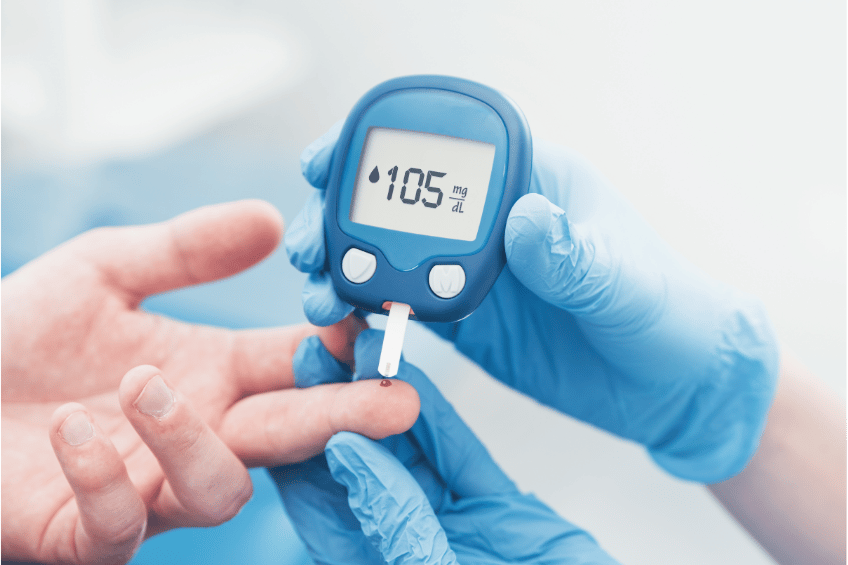What does Low Blood Sugar mean?
Hypoglycemia, or low blood sugar, is a condition in which glucose in your blood drops below the healthy level. Glucose is the main source of energy required by the cells and tissues of your body to function properly. It is derived from carbohydrates contained in the fruits, grains, vegetables and milk products that we eat. It then enters your bloodstream and is delivered to every cell of your body by means of a special hormone secreted in your pancreas, called insulin. Extra glucose is stored in your liver and muscles in the form of glycogen. It is released into your blood if you haven’t eaten for a long time, thus helping to keep your blood sugar within a normal range. [1]
But what is the normal range? Let’s see.

Healthy Blood Sugar Stats.
NICE (the National Institute for Health and Care Excellence) suggests the following target blood glucose level ranges.
For healthy individuals:
- Before meal: 72 to 99 mg/dL,
- After meal: 140 mg/dL 2 hours after meal.
For people with diabetes:
- Before meal: 80 to 130 mg/dL for people with type 1 or type 2 diabetes,
- After meal: under 162 mg/dL for people with type 1 diabetes, and under 153 mg/dL for people with type 2 diabetes. [2]
On average, a person is considered to experience hypoglycemia if their blood sugar level falls lower than 70 mg/dL. However, this value can vary from person to person, so it is highly recommended that you find out what level is low for you, and take action accordingly.
